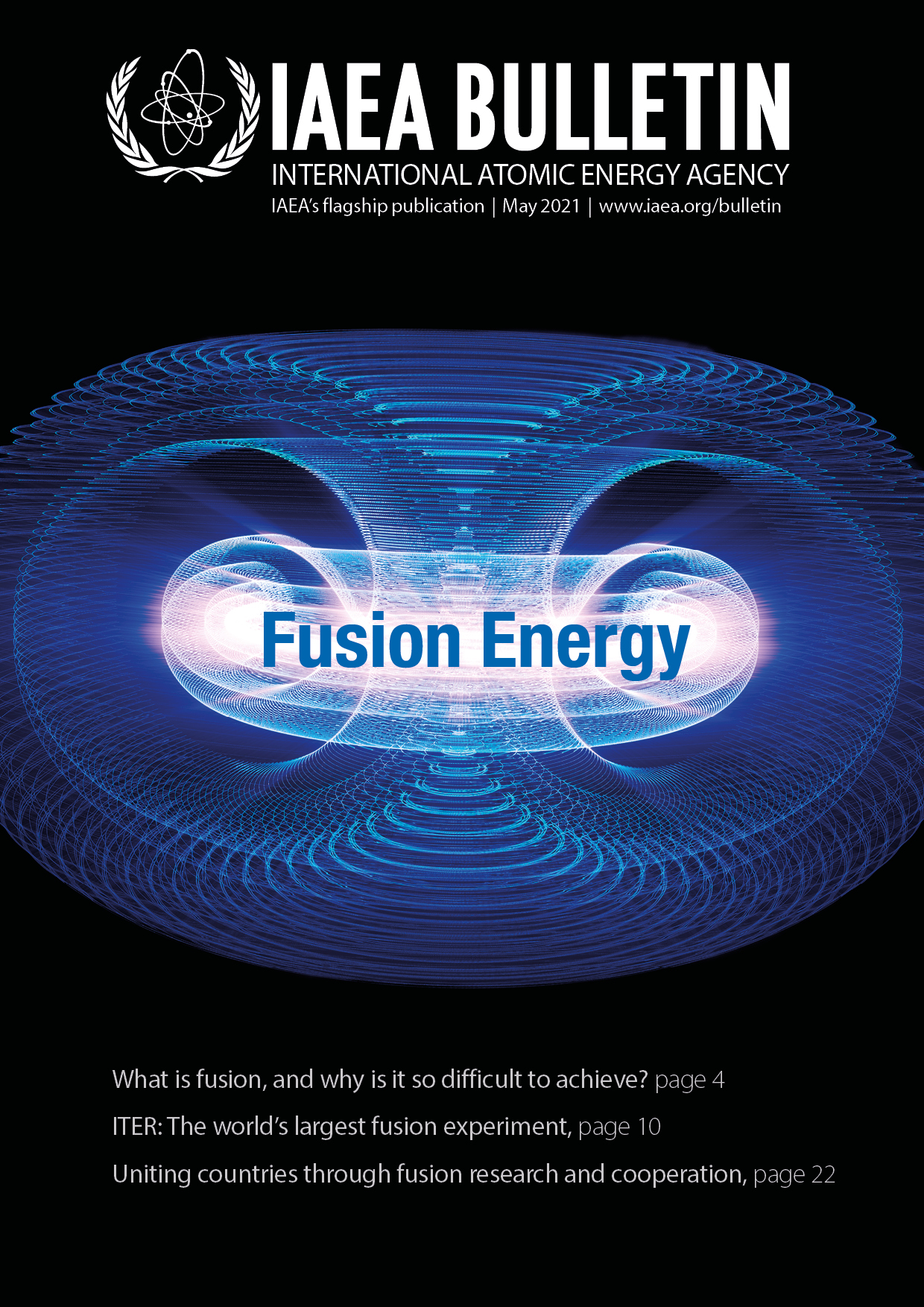A super fuel for temperatures hotter than the sun
Fuel options for fusion are limited. The fuel with the highest performance potential on earth is made from a mixture of deuterium and tritium ions — two heavier forms of hydrogen. When colliding under extreme temperatures, deuterium and tritium fuse to generate charged particles with two protons and two neutrons, known as alpha particles, as well as free neutrons. While the neutrons escape the magnetic field and do not interact with the plasma, the alpha particles are confined by the magnetic field and further heat the surrounding plasma. “Controlling this heating is critical to harnessing fusion power,” said Matthew Hole, Professor at the Australian National University.
Safe and sustainable fusion power relies on these charged alpha particles and their energy to maintain the plasma at a constant temperature, thus allowing the reactions to be self-sustaining. Achieving this is essential to operating a fusion reactor.
In the 1990s, experimental fusion reactors produced up to 16 megawatts (MW) of power for a little less than a second. In those experiments, the alpha particles provided only about ten per cent of the heat externally supplied. Understanding what happens when alpha particles provide more of the heat will be explored through initiatives like ITER — an international reactor-scale experiment under construction in France.
“ITER will provide us with the opportunity to study ‘burning plasmas’ in which at least 66 per cent of the total heating will come from fusion alpha particles. In these conditions, ITER will produce 500 MW of fusion power for up to 500 seconds,” said Alberto Loarte, Head of the Science Division at the ITER Organization. He said his organization’s experiments will provide much-needed answers to key questions in burning plasma physics, such as how to create a plasma that is self-sustained by the internal heating from its alpha particles, and how to find optimal operating conditions for high fusion performance that are compatible with the power handling capabilities of the reactor wall.

